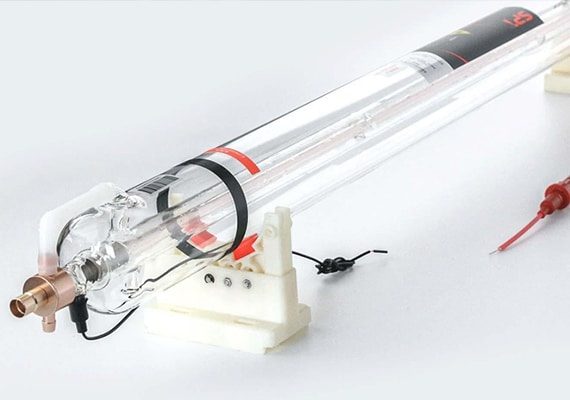
The machine is equipped with a powerful CO2 laser tube, which can provide precise and efficient cutting and engraving performance on various materials, including acrylic, wood, leather, fabric, glass, and so on. A high-powered laser tube ensures clean, precise cuts and smooth edges, while also enabling detailed engraving, making it suitable for intricate designs and industrial applications.
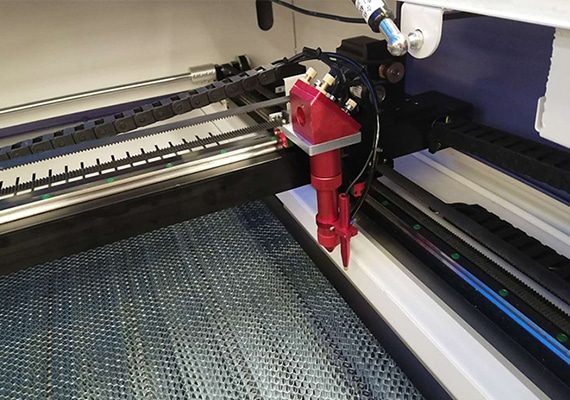
The high-precision CO2 laser head is selected, and it has a red dot positioning function to ensure that the laser beam is precisely aligned with the focusing optics and the nozzle. An accurate laser beam contributes to consistent and uniform cutting results. Additionally, the CO2 laser head is equipped with height control, which ensures consistent focus and compensates for any variations in material thickness or uneven surfaces.
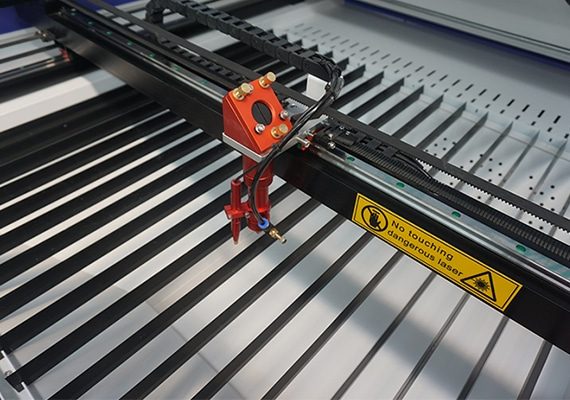
The machine is equipped with an advanced motion system to ensure smooth and accurate movement of the laser head during cutting and engraving. This precise motion control enables clean, sharp cuts while also enabling detailed and intricate engraving on a variety of materials.
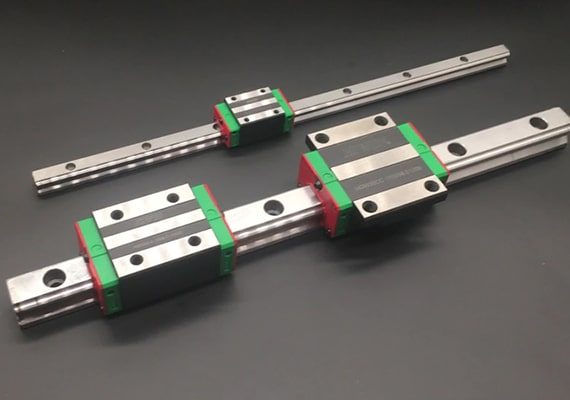
The machine is equipped with a Taiwan HIWIN guide rail with excellent precision. HIWIN is manufactured to tight tolerances, ensuring smooth and stable linear motion. This level of precision contributes to accurate and consistent laser cutting, especially when working with intricate designs and fine details. In addition, HIWIN rails are designed to minimize friction, resulting in smooth and quiet movement.
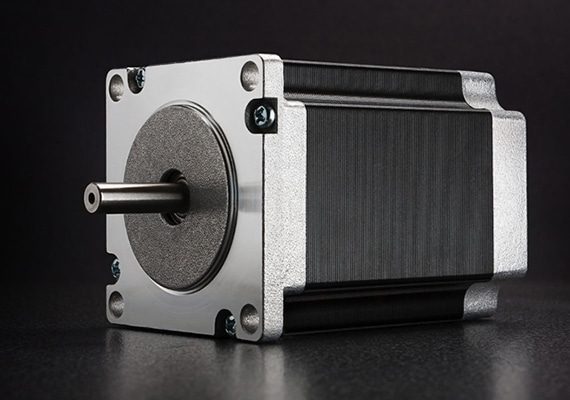
The machine adopts a stepper motor with strong power and reliable performance to ensure the normal operation of the machine. Not only are stepper motors cost-effective, but they also provide precise control of moving parts, ensuring high-quality laser cutting and stable positioning of optical components for reliable, efficient operation.
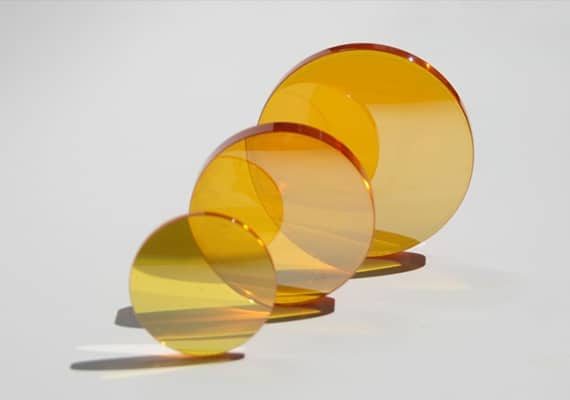
The machine is equipped with high-quality optics capable of producing a narrower, more stable laser beam, ensuring precise cutting paths and cleaner edges even on complex designs and delicate materials. In addition, high-quality optics help reduce beam divergence and losses, thereby improving energy efficiency.
| Model | AKJ-6040 | AKJ-6090 | AKJ-1390 | AKJ-1610 | AKJ-1810 | AKJ-1325 | AKJ-1530 |
|---|---|---|---|---|---|---|---|
| Working Area | 600*400mm | 600*900mm | 1300*900mm | 1600*1000mm | 1800*1000mm | 1300*2500mm | 1500*3000mm |
| Laser Type | CO2 Laser | ||||||
| Laser Power | 80-300W | ||||||
| Power Supply | 220V/50HZ, 110V/60HZ | ||||||
| Cutting Speed | 0-20000mm/min | ||||||
| Engraving Speed | 0-40000mm/min | ||||||
| Min Line Width | ≤0.15mm | ||||||
| Position Accuracy | 0.01mm | ||||||
| Repetition Accuracy | 0.02mm | ||||||
| Cooling System | Water Cooling | ||||||
| Laser Power | Cutting Speed | 3mm | 5mm | 8mm | 10mm | 15mm |
|---|---|---|---|---|---|---|
| 25W | Max Cutting Speed | 15~25mm/s | 8~15mm/s | 3~6mm/s | 1~3mm/s | / |
| Optimal Cutting Speed | 10~20mm/s | 5~10mm/s | 2~4mm/s | 0.5~1.5mm/s | / | |
| 40W | Max Cutting Speed | 20~35mm/s | 10~20mm/s | 4~8mm/s | 2~4mm/s | / |
| Optimal Cutting Speed | 15~25mm/s | 8~15mm/s | 3~6mm/s | 1~2.5mm/s | / | |
| 60W | Max Cutting Speed | 30~50mm/s | 15~30mm/s | 6~12mm/s | 3~6mm/s | / |
| Optimal Cutting Speed | 25~40mm/s | 10~20mm/s | 4~8mm/s | 1.5~3.5mm/s | / | |
| 80W | Max Cutting Speed | 40~70mm/s | 20~40mm/s | 8~16mm/s | 4~8mm/s | / |
| Optimal Cutting Speed | 30~50mm/s | 15~30mm/s | 6~12mm/s | 2~4mm/s | / | |
| 100W | Max Cutting Speed | 50~90mm/s | 25~50mm/s | 10~20mm/s | 5~10mm/s | / |
| Optimal Cutting Speed | 40~70mm/s | 20~40mm/s | 8~16mm/s | 3~6mm/s | / | |
| 130W | Max Cutting Speed | 65~110mm/s | 30~60mm/s | 12~24mm/s | 6~12mm/s | 3~6mm/s |
| Optimal Cutting Speed | 50~90mm/s | 25~50mm/s | 10~20mm/s | 4~8mm/s | 1~3mm/s | |
| 150W | Max Cutting Speed | 75~130mm/s | 35~70mm/s | 14~28mm/s | 7~14mm/s | 3~7mm/s |
| Optimal Cutting Speed | 60~100mm/s | 30~60mm/s | 12~24mm/s | 5~10mm/s | 2~4mm/s | |
| 180W | Max Cutting Speed | 90~150mm/s | 45~90mm/s | 18~36mm/s | 9~18mm/s | 4~9mm/s |
| Optimal Cutting Speed | 70~120mm/s | 40~80mm/s | 15~30mm/s | 7~14mm/s | 3~6mm/s | |
| 200W | Max Cutting Speed | 100~170mm/s | 50~100mm/s | 20~40mm/s | 10~20mm/s | 5~10mm/s |
| Optimal Cutting Speed | 80~140mm/s | 45~90mm/s | 18~36mm/s | 8~16mm/s | 4~8mm/s |
| Features | Laser Cutting | CNC Routing | Die Cutting | Saw Cutting |
|---|---|---|---|---|
| Precision | High Precision | High Precision | Moderate Precision | Moderate Precision |
| Cutting Speed | Fast | Moderate to Fast | Moderate | Moderate |
| Heat Affected Zone | Minimal | Moderate | Minimal | High |
| Material Thickness Range | Thin to Thick | Thin to Thick | Thin to Medium | Medium to Thick |
| Edge Quality | Clean and Smooth | Clean and Smooth | Clean | Rough |
| Material Waste | Minimal | Moderate | Moderate | Moderate |
| Setup Complexity | Moderate to Complex | Moderate to Complex | Simple | Simple |
| Material Constraints | Versatile | Versatile | Limited by Die Size | Versatile |
| Automation Potential | High Potential | High Potential | High Potential | Limited |
| Post-Processing Required | Minimal to None | Minimal | Minimal | Often Required |
| Tooling Cost | Moderate to High | Moderate to High | Low to Moderate | Low to Moderate |
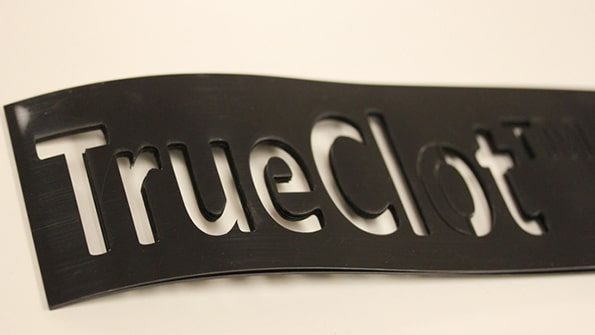

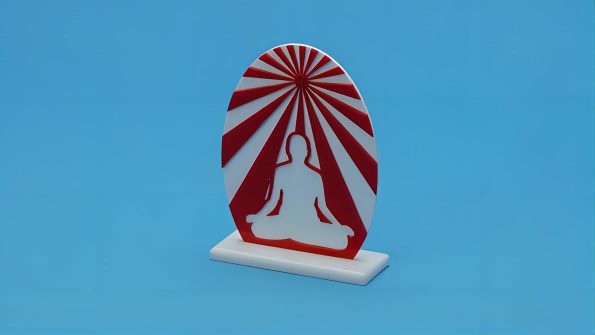
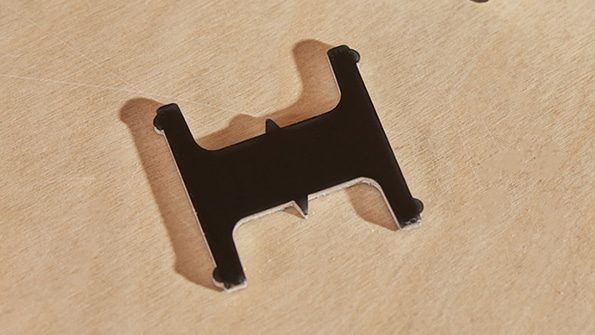
ABS stands for Acrylonitrile Butadiene Styrene. It is a common thermoplastic polymer widely used in various industries due to its ideal combination of properties. ABS is a copolymer, meaning it is composed of three main monomers: acrylonitrile, butadiene, and styrene. These monomers are chemically combined through polymerization to form the ABS material.
These three monomers are polymerized to form the final ABS plastic. The proportion of each monomer can be different to achieve different properties of ABS materials. The resulting ABS polymer combines the strengths of each monomer, making it a versatile plastic that combines rigidity, impact resistance, and processability.
In addition to the three main monomers, ABS may also contain various additives, fillers, and modifiers to further enhance its performance. These additives may include UV stabilizers, colorants, flame retardants, and processing aids, among others. ABS is a versatile and versatile material known for its balance of mechanical properties, ease of processing, and cost-effectiveness. It is used in a wide range of applications, including consumer products, automotive parts, electronics housings, toys, plumbing, and more.
Yes, lasers can cut ABS (acrylonitrile butadiene styrene) plastic. ABS is a thermoplastic material that can be effectively cut using laser cutting techniques. Laser cutting involves using a high-powered laser beam to precisely melt, vaporize, or burn through material, resulting in clean, accurate cuts.
ABS is ideal for laser cutting due to its thermoplastic properties, meaning it softens and becomes pliable when heated, and returns to a solid state when cooled. This characteristic allows the laser to effectively cut ABS without causing excessive melting or burning if the laser setup is properly configured.
When laser cutting ABS, factors such as laser power, cutting speed, focus, and ventilation need to be considered. Proper settings help achieve a clean, accurate cut without causing excessive heat buildup or releasing harmful fumes. Additionally, some ABS formulations may contain additives that affect the material’s response to laser cutting, so it is advisable to test samples before proceeding to mass production.
Overall, ABS is a suitable material for laser cutting, and the technology can be applied to manufacture a wide variety of products and components across industries.
Laser-cutting ABS (acrylonitrile butadiene styrene) plastic is safe if proper safety precautions are taken. However, as with any manufacturing involving materials that emit fumes or particles when heated, the following safety considerations need to be kept in mind:
While laser cutting ABS is safe, careful attention to ventilation, material properties, laser setup, and safety protocols is required. By taking these precautions, you can minimize risks and create a safer work environment when using laser-cutting techniques on ABS plastic.
To cleanly cut ABS (acrylonitrile butadiene styrene) plastic with a laser cutter, it is essential to follow proper techniques and settings to obtain accurate and precise results while minimizing melting, charring, or other unwanted effects. Here’s a step-by-step guide to cleanly cutting ABS with a laser:
By carefully considering these steps and adjusting the laser settings to your specific ABS material and equipment, you can achieve clean, precise cuts while maintaining a safe working environment. Always follow the manufacturer’s guidelines and consult an expert when needed, especially when working with new materials or unfamiliar laser systems.
ABS (Acrylonitrile Butadiene Styrene) and PVC (Polyvinyl Chloride) are both commonly used thermoplastics for a variety of applications. When it comes to laser cutting, both ABS and PVC have their properties that can affect the cutting process. Here is a comparison of cutting ABS and PVC:
While ABS and PVC have their advantages when it comes to laser cutting, the key to success with both materials is understanding their properties and behavior, using the correct laser settings, and ensuring a safe working environment. If you are using ABS or PVC, it is recommended to test and experiment with samples to determine the best laser settings for clean, precise cuts while being safe.
Laser-cutting ABS plastic can produce clean, precise cuts, but there is also the potential for cracking. Whether it breaks easily depends on a variety of factors, including the thickness of the material, the laser settings used, the design of the cut itself, and the inherent characteristics of the ABS itself.
ABS is a thermoplastic material that is prone to thermal stress and deformation when heated, whereas laser cutting involves localized heating. If the laser power is too high or the cutting speed is too slow, excessive heat will build up at the cut point, increasing the possibility of cracking. Careful calibration of laser power, speed, and focus is therefore required to prevent excessive heat build-up along the cut line. Additionally, sharp corners and intricate designs can concentrate stress, making cracks more likely.
To minimize the risk of cracking when laser cutting ABS, you can follow these guidelines:
To minimize the risk of cracking when laser cutting ABS, it is important to use appropriate cutting parameters, consider the properties of the material, and adjust the design as necessary to avoid sharp corners or intricate details that could create stress points. Also, testing and experimentation may be required to find the best laser-cutting settings for your particular ABS material and thickness.
ABS is generally considered a very suitable material for laser cutting due to its properties and composition. However, the ease of laser cutting ABS depends on several factors:
With the right equipment, setup, and safety precautions, ABS can be laser-cut with relative ease. However, some experimentation and testing may be required to determine the best laser settings for the particular thickness and type of ABS you are using. Also, make sure you follow safety guidelines and use proper protective equipment when working with lasers and potentially hazardous materials.
The thickness of ABS can significantly affect the laser-cutting process in several ways:
The thickness of ABS has a significant impact on the laser-cutting process, affecting parameters such as cutting speed, power requirements, heat dissipation, material stability, edge quality, and focus depth. When processing ABS of different thicknesses, the laser parameters must be adjusted accordingly to achieve the best cutting effect.
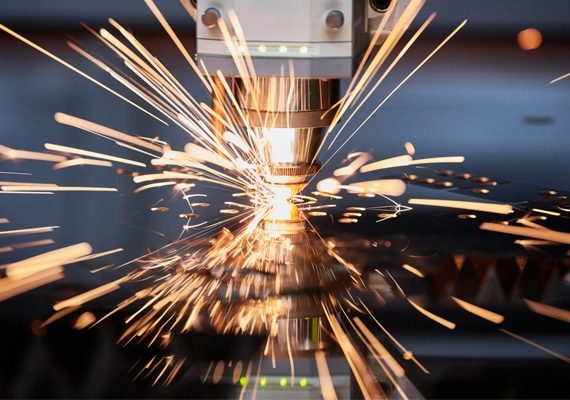
With years of experience in laser cutting technology, we have honed our expertise to provide cutting-edge solutions tailored to your unique needs. Our team of skilled engineers and technicians has the in-depth knowledge to ensure you get the perfect laser-cutting machine for your specific application.
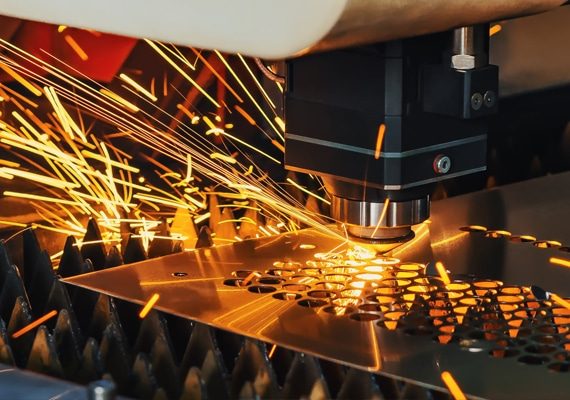
At AccTek Laser, we build strong relationships with our clients. Our dedicated support team provides prompt assistance and after-sales service to keep your laser-cutting machine running at its best for years to come. Your satisfaction is our top priority and we will help you every step of the way.
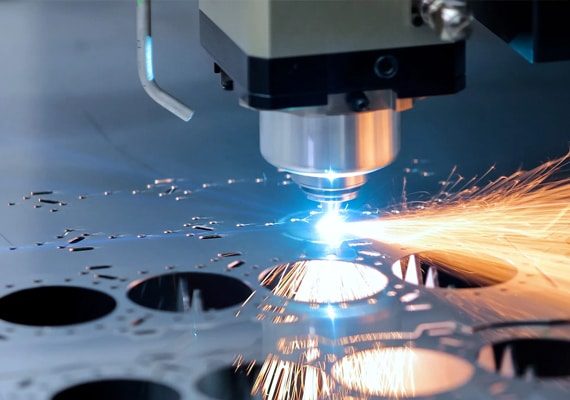
Quality is the cornerstone of our manufacturing process. Every laser-cutting machine is rigorously tested and adheres to strict quality control standards, ensuring that the product you receive meets the highest industry benchmarks. Our dedication to quality ensures you get a machine that performs consistently and delivers perfect cuts every time.
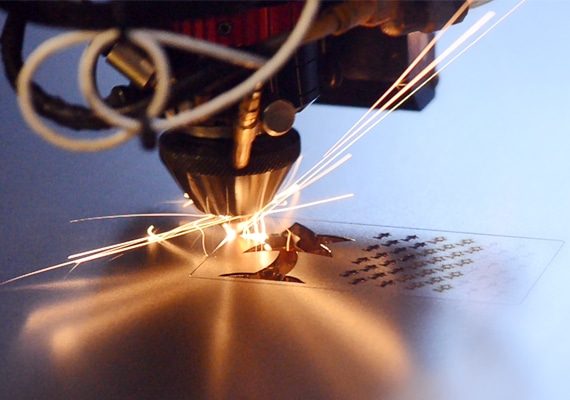
We understand the importance of cost efficiency in today’s competitive landscape. Our laser-cutting machines can provide excellent value for your investment, minimizing downtime and reducing operating costs while maximizing productivity and efficiency.
4 reviews for ABS Laser Cutting Machine
David –
Remarkable performance from our CO2 laser cutter. Its versatility and reliability make it an indispensable tool in our manufacturing process.
Ali –
Seamless operation with our laser machine. It’s user-friendly, efficient, and consistently delivers exceptional cutting quality.
Maria –
Essential equipment for our workshop. The CO2 laser cutter streamlines our workflow, saving time and resources effectively.
Emily –
Lifesaver for our production needs. The laser cutting machine ensures efficient, precise cuts, boosting our overall productivity.